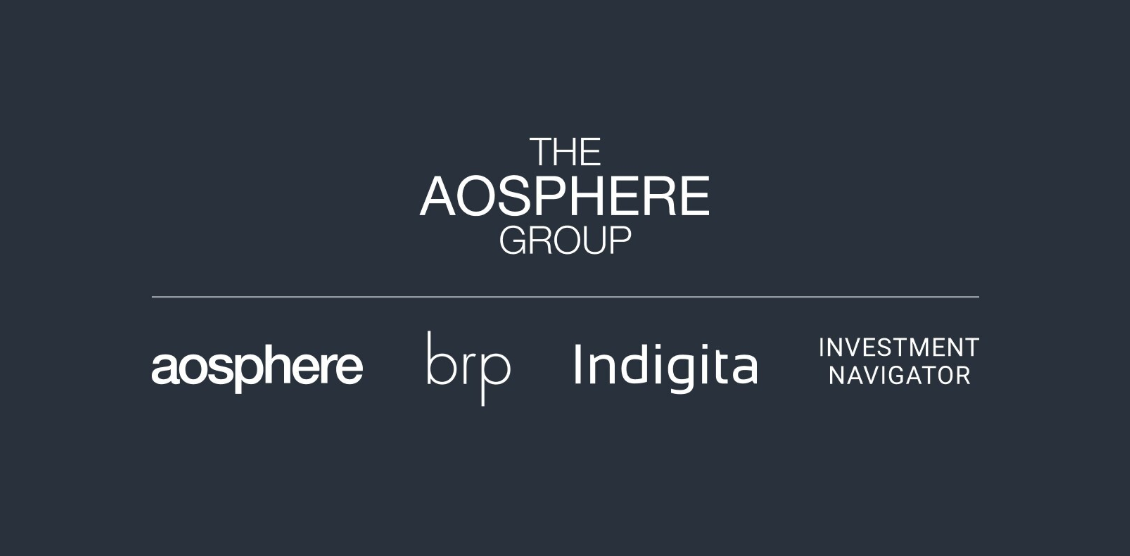by Geoffroy L’Huillier, Sales Relationship Manager at Indigita SA
Swiss private banks, in collaboration with their Compliance Officers, must strike a delicate balance between ensuring strict adherence to regulatory requirements and managing the extensive geographical footprint of their custodian and discretionary client base. This involves strategically identifying priority markets and assigning coverage areas to various Private Bankers.
Compliance Officers are also tasked with supervising and maintaining the ongoing regulatory training of Private Bankers.
The Challenge of Market Purity
Private banks need to define their core target markets and establish a list of strategically important secondary countries. “Market purity” refers to a disciplined approach that limits client acquisition and servicing to a clearly defined set of jurisdictions. Some banks allow Private Bankers to cover up to seventeen countries, whereas others opt for tighter controls, restricting coverage to as few as four or five. These guidelines also extend to external asset managers, who must align with the bank’s internal policies.
The Challenge of Training Private Bankers
As regulated entities and employers, banks are legally required to provide continuous training for their staff. The wider the geographic scope, the more intensive the training demand becomes. One can readily understand the gap between a Private Banker trained for four jurisdictions versus one expected to navigate the complexities of seventeen.
To ensure regulatory compliance, banks either deliver in-house cross-border training or rely on external providers. Each institution must define its own training protocols, including:
- The duration of training validity per jurisdiction (e.g., one, two, or three years)
- Mandatory retraining following any significant regulatory updates
- Prohibition of cross-border activity without validated training
- Adoption of SAQ-certified programs (Swiss Association for Quality), supporting regular recertification of Private Bankers (e.g., CWMA – Certified Wealth Management Advisor)
In some banks, these training requirements also extend to Private Bankers’ support staff.
This creates a substantial workload for both Compliance and Human Resources departments, which are responsible for the design, implementation, and oversight of training compliance. These efforts are in addition to other mandatory compliance programs required by regulators.
A Regional Approach to Cross-Border Training?
Banks could explore more flexible training models. In many cases, regulatory frameworks across certain regions, such as West Africa, share structural similarities. By recognizing these commonalities, a modular training approach can be developed: general modules for shared principles, paired with jurisdiction-specific content for unique requirements.
This evolution would enable Private Bankers to dedicate more time to their core client activities, while streamlining the time and resources allocated to compliance training. Digital tools can assist by analysing and comparing cross-border frameworks across multiple countries, allowing banks to tailor training to their strategic priorities, risk tolerance, and each jurisdiction’s legal nuances.
Digital Cross-Border Solutions: A Strategic Asset
Today, digital platforms empower Private Bankers to immediately understand what services they are permitted, or restricted, from offering to clients. From investment products to credit solutions, every proposal is vetted in real-time. These systems also help prevent exposure to potentially tax-sensitive or non-compliant products.
When integrated with the expertise of Compliance and Human Resources, digital tools not only strengthen regulatory alignment but also enhance operational efficiency and reduce dependency on manual intervention.
Conclusion
Looking ahead, automation will play an increasingly central role in managing cross-border compliance. Whether through integrated digital platforms or API-driven tools, these solutions will allow banks to automatically enforce training protocols and monitor regulatory controls across portfolio management systems. Meanwhile, the strategic definition of regulatory frameworks will remain firmly under the purview of Compliance departments.




